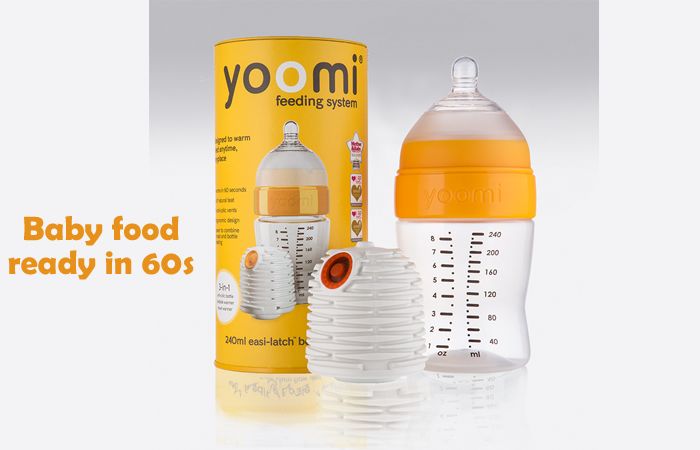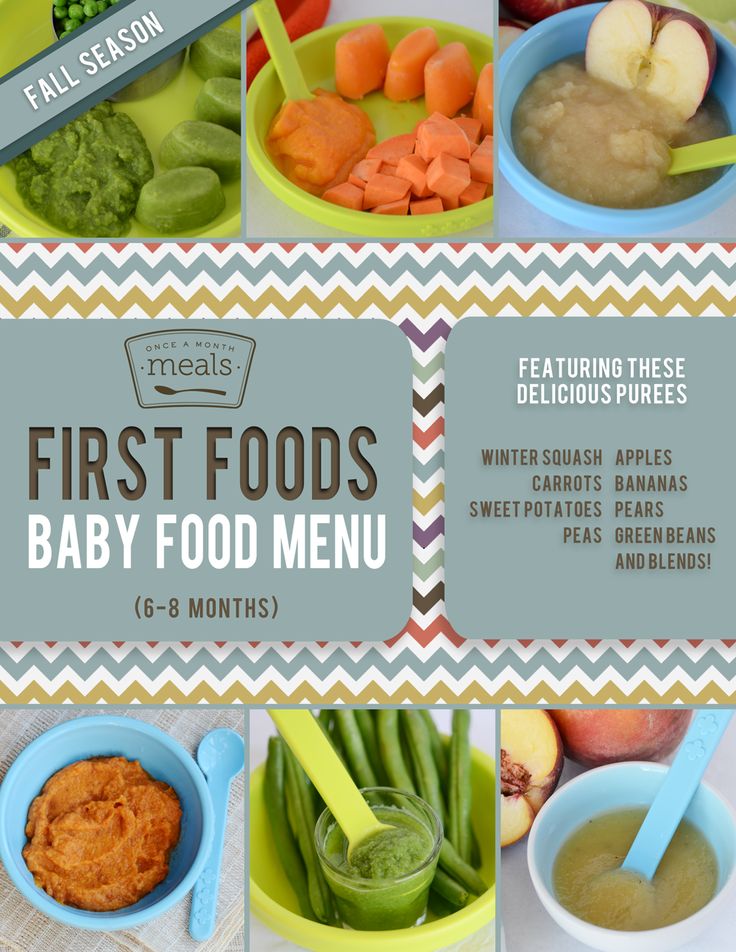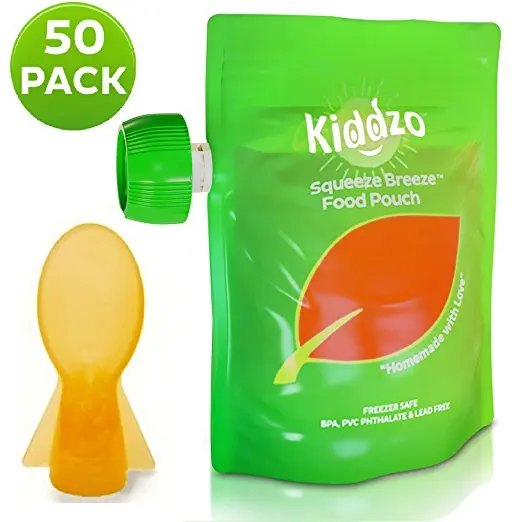How much does it cost to formula feed a baby per month
How much does a baby cost per month?
It's hard to figure out exactly how much it costs to have a baby, since it can vary so much depending on where you live and your circumstances. Some of the biggest costs for new parents include healthcare (including birth), diapers, formula, childcare, baby gear, clothes, food, and toys. In fact, you can anticipate spending between $9,300 and $23,380 per year per child. It's scary to think about how to support a baby financially, but there are many ways to save.
How much does it cost to have a baby?
Raising a baby isn't cheap! (Check out our Baby Costs Calculator to see how it all adds up over the first year.)
On average, a child costs two-parent families in the U.S. between $9,300 and $23,380 every year, according to the U.S. Department of Agriculture. (That number is in 2015 dollars, the latest data available.) This wide range accounts for various factors such as income level, where you live, as well as the age of your child.
Of course, the total cost you can expect to pay also depends on your lifestyle and how much money you choose to spend on necessary items such as housing and food. Certain expenses are out of your control, such as how much childcare costs in your area and the price of your family's health insurance plan (through an employer or otherwise). But there are some simple ways to cut costs; for instance, you may have family nearby who can help watch your child a few days a week, or you may be able to breastfeed to save money on formula.
It's definitely scary to think about having enough money to meet your baby's needs, but luckily, there are ways to make these costs more manageable. Planning ahead and setting a budget as new parents certainly helps; there are also resources available for those in a lower income bracket who need financial help for a new baby.
Cost of childbirth and healthcare
Cost: Giving birth in a hospital in the United States is expensive. The national average as of 2020 was $13,811 with employer-sponsored health insurance, or an average of $3,000 out of pocket for both a mom and her baby's hospital stays.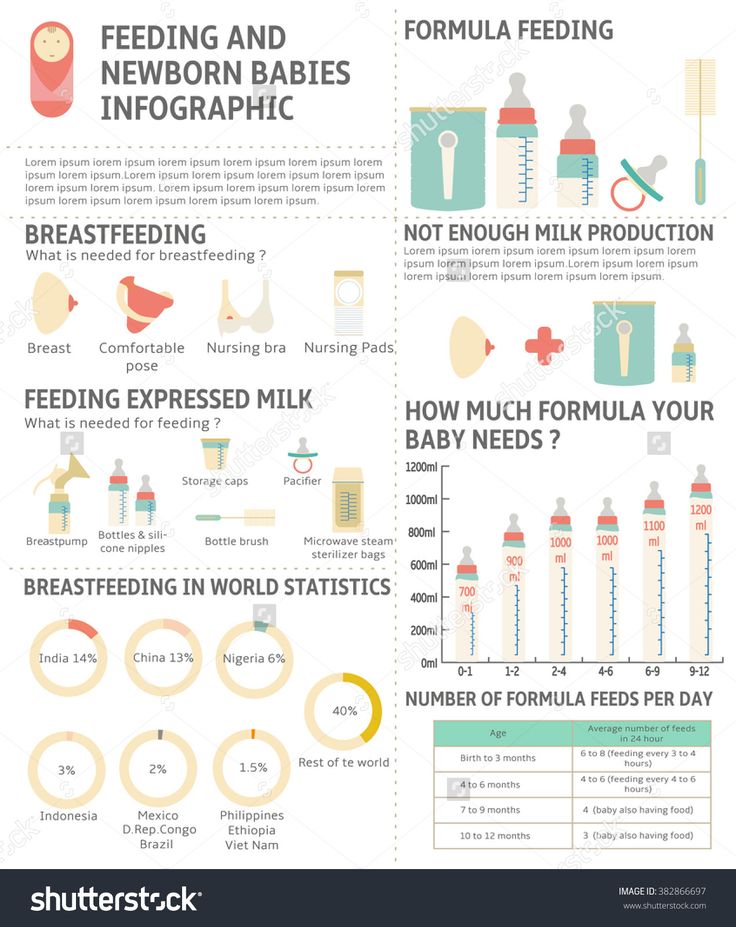 Hospital bills could exceed $10,000 out of pocket if your baby spends time in the NICU.
Hospital bills could exceed $10,000 out of pocket if your baby spends time in the NICU.
The exact cost of childbirth is hard to quantify because expenses vary widely based primarily on whether or not you're insured, as well as what state you live in, how long you stay in the hospital, and the type of birth you have. C-sections are notoriously more expensive than vaginal births, costing a national average of about $17,004 vs. $12,235, respectively. Check with your insurance carrier around your third trimester to get an idea of the approximate costs you can expect to pay out of pocket for your baby's birth.
Even with insurance, most pregnant women have to pay for healthcare costs associated with their prenatal care, such as insurance co-pays and deductibles. The labor and delivery itself is the biggest expense in pregnancy, as you (and your insurer) will need to pay for things like the practitioner and the actual hospital fees. The costs may be even higher if you're medically induced, if you have a complicated delivery, or if your baby needs to stay in the NICU.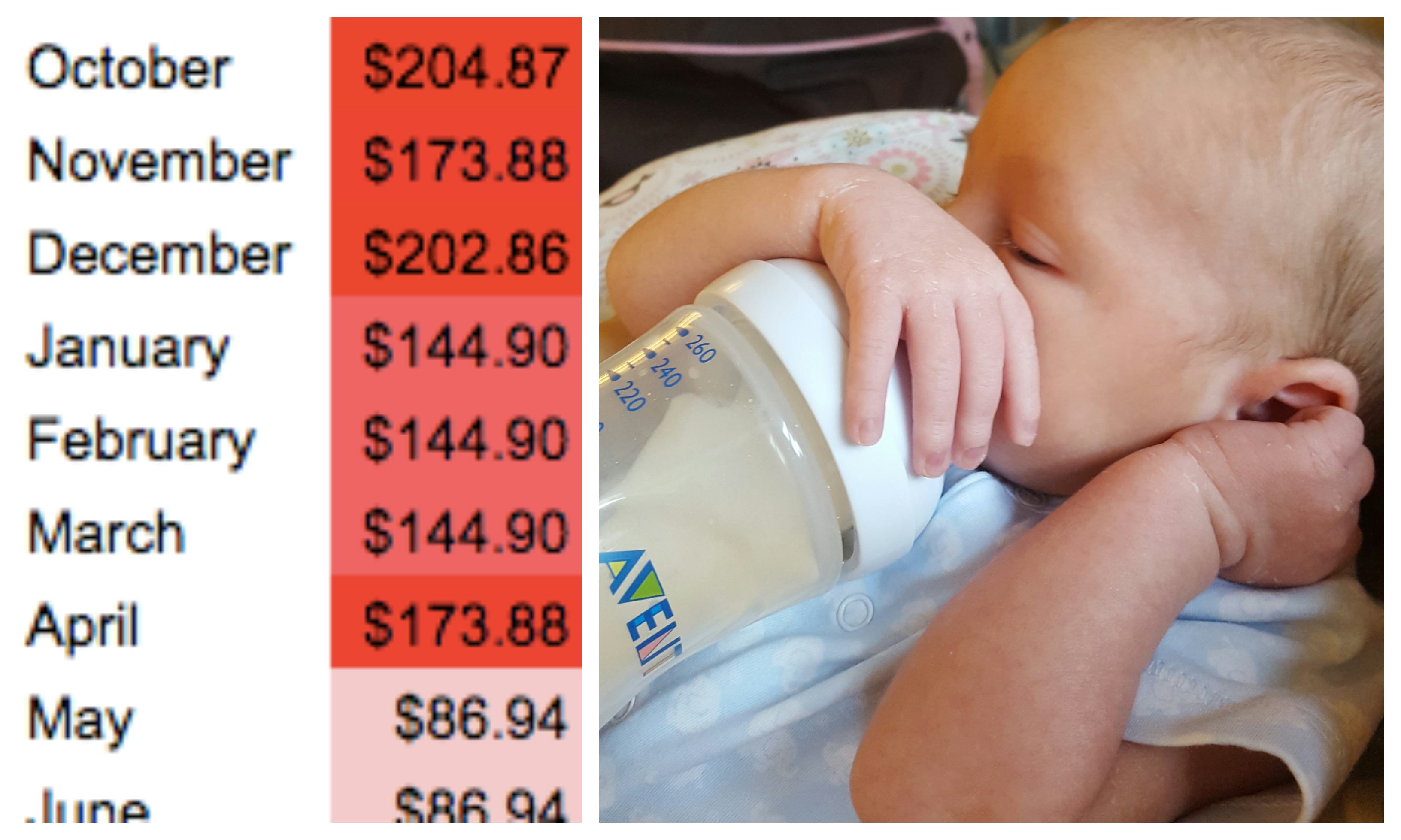
If you don't have health insurance, having a baby could run you between $9,000 and $17,000 for a vaginal birth or $14,000 to $25,000 for a C-section. Luckily though, many states make it easier for pregnant women to enroll in Medicaid or a state-sponsored health insurance program, through which all of your healthcare would be free or available at a very low cost.
Ways to save: If you're uninsured, look into health insurance options right away. Also, if your pregnancy isn't high risk, you can consider having a midwife rather than an ob-gyn deliver your baby. (Midwifery services are about $2,000 less than an obstetrician's fees, on average.) Before you go this route though, confirm that your insurance (if you're insured) covers midwifery services, as most but not all do. Also, if you're paying out-of-pocket, many hospitals and healthcare providers will work with you on a discounted package rate for your prenatal and labor and delivery services. And always double-check all bills and paperwork to make sure there are no errors or hidden, unexpected fees.
And always double-check all bills and paperwork to make sure there are no errors or hidden, unexpected fees.
Cost of formula per month
Cost: $400 to $800 is the average monthly cost for powdered formula for babies who are formula-fed exclusively. The cost will be lower if you supplement with breast milk and higher if you give your baby more expensive brands or ready-to-feed formula. Monthly formula costs could spike if your baby needs a special hypoallergenic formula or if there's a formula recall or shortage.
As your child gets older, formula costs will lessen as the amount of formula they'll need daily decreases, especially once you start introducing solid foods around six months of age. By 12 months old, your pediatrician will likely recommend that you switch your baby from formula to regular cow's milk, assuming your baby doesn't have any allergies or health concerns.
Ways to save: Breastfeed if you can. If you're not breastfeeding or are supplementing, use powdered formula, which costs less than ready-to-use or liquid concentrate.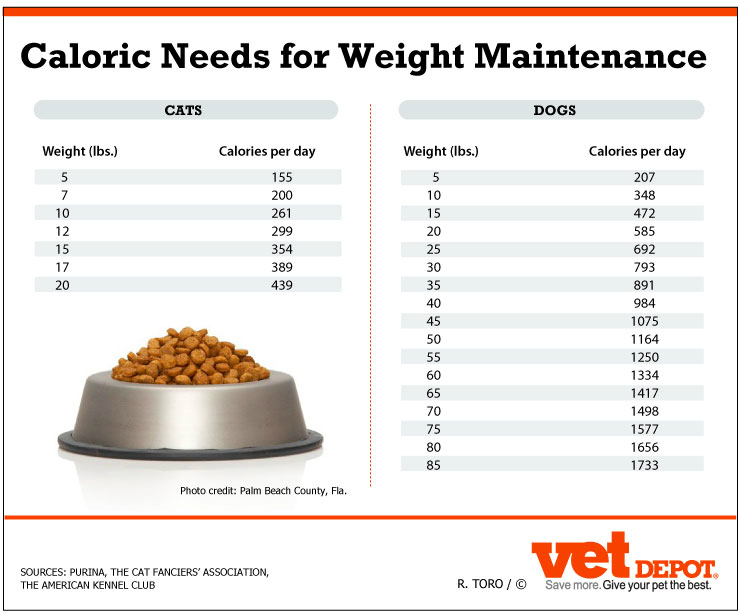 Though this may be difficult now due to the nationwide formula shortage, consider purchasing store brand or generic formulas, which meet the same federal nutrient requirements as brand-name formulas but are less expensive.
Though this may be difficult now due to the nationwide formula shortage, consider purchasing store brand or generic formulas, which meet the same federal nutrient requirements as brand-name formulas but are less expensive.
If you do buy brand-name formulas, sign up to receive coupons or become a rewards member to get discounts on the manufacturers' websites. After you're sure that your baby tolerates a particular formula well, buy it in bulk at warehouse stores or online. You can also ask moms you know or post in a local moms' group on social media to see if anyone is giving away or selling the formula your baby drinks for a discounted price; just make sure the cans or samples you get are unopened and not expired.
Cost of diapers per month
Cost: $70 to $80 per month for disposable diapers, averaging out to about 29 cents each. The cost will vary depending on the brand you use and where you purchase the diapers. Infants require up to 12 diapers a day for the first year and toddlers need about 8, which is a total of about 2,500 to 3,000 diapers a year.
Ways to save: Try to purchase most of your baby's diapers at a "big box" chain store or warehouse store instead of a local convenience store, which is more likely to mark up prices. Buying diapers in bulk online is also a good way to save. Sign up at diaper manufacturers' websites to get coupons, and stock up when diapers are on sale. Alternatively, you may want to consider cloth diapers, which are gaining popularity with many budget-minded parents. They could save you about 27 percent a year vs. disposable diapers, plus there are a lot of cute and convenient cloth diapers on the market to choose from.
Cost of childcare per month
Cost: Varies according to which type of childcare you choose: daycare center, home daycare, relative care, nanny care, babysitter, or au pair. Childcare costs also fluctuate wildly based on where you live, how old your child is, and whether you need part-time or full-time childcare. The average monthly cost of daycare in the U. S. is around $850, while hiring a private nanny costs around $2,450 a month. You or your partner may choose to be a stay-at-home parent, in which case you may not require childcare. (But keep in mind this can impact your career and lifetime earnings potential.) Learn more about the pros and cons of all your childcare options.
S. is around $850, while hiring a private nanny costs around $2,450 a month. You or your partner may choose to be a stay-at-home parent, in which case you may not require childcare. (But keep in mind this can impact your career and lifetime earnings potential.) Learn more about the pros and cons of all your childcare options.
Ways to save: For full-time care, consider asking a trusted relative or friend who may charge less than a traditional daycare center. Home daycares and nanny sharing with a neighbor or friend can also save cash. For occasional babysitting, trade time with another parent who's a neighbor or friend, or hire a responsible student. If possible, coordinate work schedules with your partner so you can each cover some of your child's care. Finally, consider enrolling in a flexible spending account for childcare expenses if your employer offers one – this means you can put your pre-tax money toward dependent care expenses.
Cost of baby gear
Cost: Varies according to which items you buy. Babies need a lot of stuff, but some items are must-haves, while others are nice-to-have extras. The basic baby gear you'll need during your baby's first year includes a crib (with mattress) or play yard, a stroller, a car seat, bottles and/or breastfeeding accessories, a baby bathtub, toiletries such as a hairbrush and first aid kit, and toys. As your baby gets older and more mobile, you'll also need safety gear such as babyproofing tools and safety gates, as well as a high chair and other feeding accessories like spoons and cups.
Babies need a lot of stuff, but some items are must-haves, while others are nice-to-have extras. The basic baby gear you'll need during your baby's first year includes a crib (with mattress) or play yard, a stroller, a car seat, bottles and/or breastfeeding accessories, a baby bathtub, toiletries such as a hairbrush and first aid kit, and toys. As your baby gets older and more mobile, you'll also need safety gear such as babyproofing tools and safety gates, as well as a high chair and other feeding accessories like spoons and cups.
There are plenty of baby gear "add-ons" that are nice to have but not necessary – for instance a bottle warmer, a rocker or glider, a changing table, various baby carriers, and different large baby toys like a bouncer, activity center, and swing. (Of course, for some families these are essentials – the tricky part is knowing what you and your baby will love.)
Ways to save: Create a baby registry so friends and family members can help with the big purchases. Start with the basics – a good car seat, stroller, and play yard with bassinet, for example – and wait to buy other things. You may be able to try out a friend's activity center or swing to see if your baby likes it before buying one. Although it's important to buy your car seat new, check for other items at garage sales and secondhand stores, on community websites, and used from friends and relatives.
Start with the basics – a good car seat, stroller, and play yard with bassinet, for example – and wait to buy other things. You may be able to try out a friend's activity center or swing to see if your baby likes it before buying one. Although it's important to buy your car seat new, check for other items at garage sales and secondhand stores, on community websites, and used from friends and relatives.
Cost of baby clothes
Cost: $20 to $50 (or more) per month on average, depending on where (and how often) you shop. Throughout the first twelve months, babies outgrow clothing very quickly, so you'll be buying more clothes in infancy than when they're older. You'll also need to stock up on baby clothes for the first six weeks, especially comfy pajamas, onesies, and sleepers. To start off your baby's wardrobe, consider getting a few outfits in the 3-6 month and 6-9 month size ranges. There are endless amounts of baby clothes to choose from, but check out our list of the best baby clothing brands to help you narrow it down.
Ways to save: Many first-time parents find they receive enough gifts to keep their baby clothed for the first few months. After that, watch for store sales and online deals, and accept hand-me-downs from friends and relatives. Get gently used items from consignment stores, thrift shops, community websites, garage sales, and sites and apps that sell secondhand baby clothes. If your baby is in between sizes, consider buying clothes one size up so your child can grow into the items and wear them for longer. Finally, treat your baby's soiled clothes with stain remover and wash with a good baby detergent so they can be worn again (or handed down).
Cost of baby food
Cost: $98 to $230 per month after your baby starts solid food. Food costs about 18 percent of the total cost of raising a child, second only to housing. Your baby may eat a lot of the same food you eat, especially if you're introducing solid foods via baby-led weaning, but they'll probably still require some foods that are specific to babies and toddlers. Depending on your baby's age, some packaged foods you may choose to purchase include jarred fruits and vegetables, baby food pouches, teething crackers, and puffs.
Depending on your baby's age, some packaged foods you may choose to purchase include jarred fruits and vegetables, baby food pouches, teething crackers, and puffs.
Ways to save: If possible, make your own baby food. A hand blender is all you really need to whip up fruits, veggies, and other foods you serve your family into a consistency that's safe for babies. You can even freeze the extras to serve later on. For those times when you do buy prepared baby food, use coupons and buy in bulk, especially if the item is on sale. And if you don't mind, opt for non-organic products, which are less expensive but just as delicious.
Cost of baby toys and books
Cost: $30 to $50 per month on average. Each household is different, but the average family spends about $580 on toys a year, or up to $6,000 before a child reaches their teenage years. Toys aren't a necessity, per se, but play is an important part of your baby's development. There are many games you can play with your baby – with and without toys – to help your little one learn about the world. Reading to your newborn is also an important part of development, and it can help lay the groundwork for vocabulary, reading, and comprehension skills.
Reading to your newborn is also an important part of development, and it can help lay the groundwork for vocabulary, reading, and comprehension skills.
Ways to save: Let your child play with safe household items; For example, whisks, containers, pots and pans, and hairbrushes are always a hit with little ones. Buy toys secondhand, borrow books from the library, ask friends for hand-me-downs, and consider setting up a toy and book exchange with friends or neighbors who have babies around the same age.
Some websites let you trade in toys, and you can use that money earned toward newer items. If you do buy brand-new toys, even if just for special occasions like birthdays or holidays, look for sales and manufacturers' coupons for brands you like. Also consider joining the loyalty program at your favorite retailer, or searching the toy section at discount stores.
advertisement | page continues below
The Cost of Baby Formula
The cost of baby formula in the U.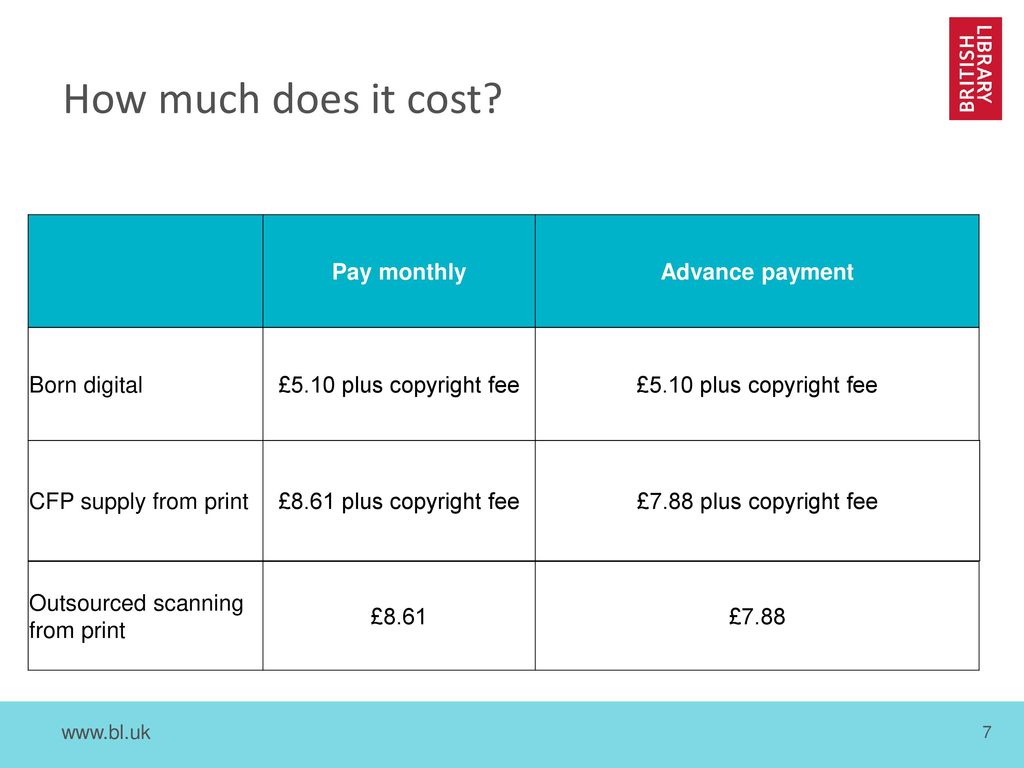 S. has skyrocketed – and that’s if you can find any. Whereas in 2019 name brand baby formula cost American parents anywhere from 9 cents per ounce to 32 cents per ounce, by the first half of 2022 the price of such products had soared to a range of 54 cents per ounce to $1.15 per ounce, or higher if you’re not shopping at a discount outlet like Costco or Sam’s Club. Such costs and scarcity are driving some parents to buy generic brand formula from online vendors, turn to milk banks or just do without. Here’s why the cost of feeding a baby has shot up so dramatically.
S. has skyrocketed – and that’s if you can find any. Whereas in 2019 name brand baby formula cost American parents anywhere from 9 cents per ounce to 32 cents per ounce, by the first half of 2022 the price of such products had soared to a range of 54 cents per ounce to $1.15 per ounce, or higher if you’re not shopping at a discount outlet like Costco or Sam’s Club. Such costs and scarcity are driving some parents to buy generic brand formula from online vendors, turn to milk banks or just do without. Here’s why the cost of feeding a baby has shot up so dramatically.
Consider working with a financial a family-focused financial advisor who can guide you through these and other costs associated with the journey of raising a child.
Baby Formula Cost Per Month: A BreakdownTo understand the real cost of baby formula, the first step is to estimate how much milk your baby will need. Certified breastfeeding specialist Kelly Bonyata estimates babies consume an average of 25 ounces of milk per day during their first year.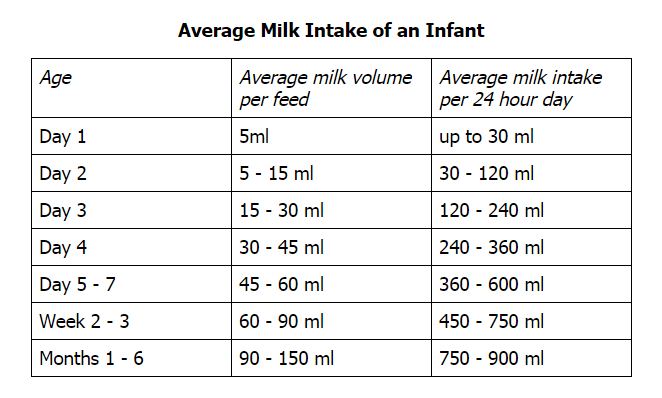
Calculating the cost of baby formula will also require you to find out how much your preferred brand costs per ounce. Based on our research, you can expect to pay 54 cents per ounce for the cheaper brands. The higher-end brands will run you around around $1.15 cents per ounce or more.
If your baby currently consumes 25 ounces of milk per day, you can expect to spend between $821.25 and $2,920 in your baby’s first year – depending on the brand you choose.
Here’s how we calculated the cost of baby formula per year.
54 cents X 25 = $13.50
$13.50 X 365 = $4,927.50
$1.15 X 25 = $28.75
$28.75 X 365 = $10,493.75
If you want to figure out the cost of baby formula per month, simply take the price of baby formula you calculated for a year and divide by 12. Based on the above calculations, your monthly cost is going to range from about $411 to about $874. If you’re buying from a milk bank, of which there are about 30 in the U.S., expect to pay about $6,000 per month.
Now, whether the infant formula you purchase is worth the cost depends on your individual situation and preferences. But now that you know what to expect, you can calculate your budget to account for the cost of baby formula.
Of course, your baby would likely need more baby formula in the middle of the first year of life as she grows before gradually cutting back as she starts eating more solid food.
To give you a better picture of how the cost of baby formula will fluctuate over time, the table below from Bonyata breaks down the recommended ounces of milk a baby should consume throughout her first year, from minimum to maximum.
| Daily Amount of Baby Formula Required in Ounces | |||||
| 0 weeks – 2 months | 14 – 21 | 28 – 32 | |||
| 2 – 6 months | 24 | 40 | |||
| 6-9 months | 24 | 32 | |||
| 9 -12 months | 18 | 32 | |||
But price shouldn’t be the only factor you’re weighing when it comes to choosing the right baby formula for your child.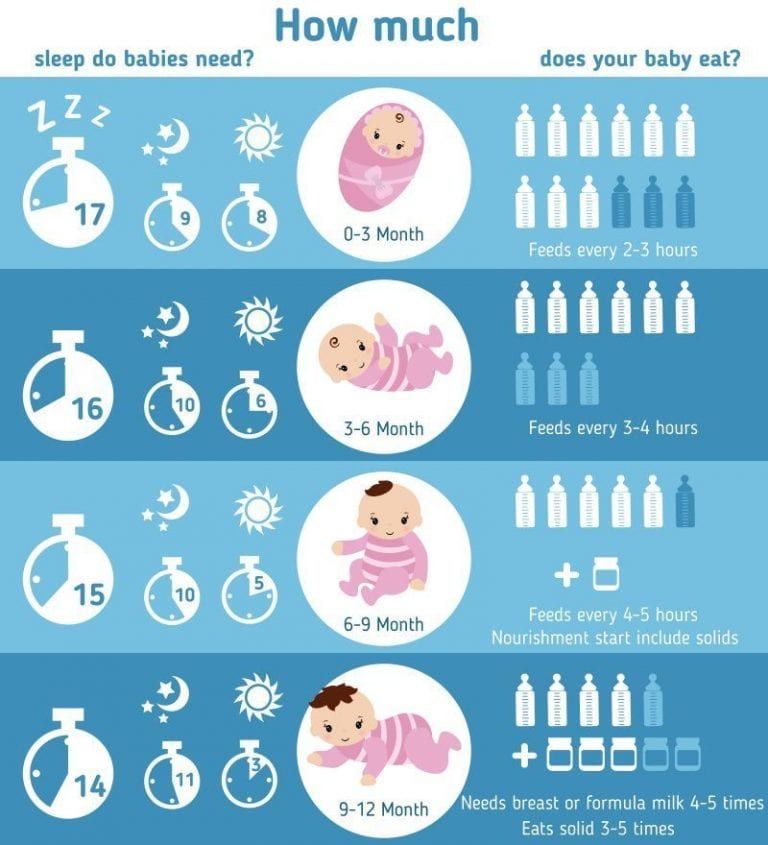 Some types may be vastly healthier than others.
Some types may be vastly healthier than others.
There are only four major producers of baby formula in the United States and one of them, Abbott Laboratories, accounts for a little more than 40% of the supply. After a whistleblower complaint following a few instances of babies getting sick, the FDA ordered Abbott to suspend production until it could verify that there were no contaminants. That verification was completed on May 13, the same day the administration unveiled a website for parents seeking formula: hhs.gov/formula.
One reason for the concentration of formula producers is because of protective tariffs, up to 17.5%, on imports. Further, critics assert that FDA labeling and ingredient requirements dissuade non-U.S. producers from entering the domestic market. Another factor is the Special Supplemental Nutrition Program for Women, Infants, and Children (WIC) for low-income mothers. About half of all baby formula in the U. S. is purchased with WIC benefits. However, the range of brands available using WIC benefits is limited, something the administration says it is working to broaden.
S. is purchased with WIC benefits. However, the range of brands available using WIC benefits is limited, something the administration says it is working to broaden.
When it comes to saving money on the products we need, we sometimes resort to generic versions to save a few dollars or cents. But you want the best for your child’s health, and the cheapest baby formula on the shelf may not help you achieve this goal.
Several companies offer organic baby formula with no added sugars. One example is Huggable.
In fact, the U.S.-based company says its products are from European countries where regulations around the ingredients used in baby formula are a lot stricter than in the U.S. Huggable’s prices compare to the costs of the higher-end brands on American shelves. But the company aims to justify the cost through its potential health benefits.
“A lot of the baby formulas you’ll find in the U.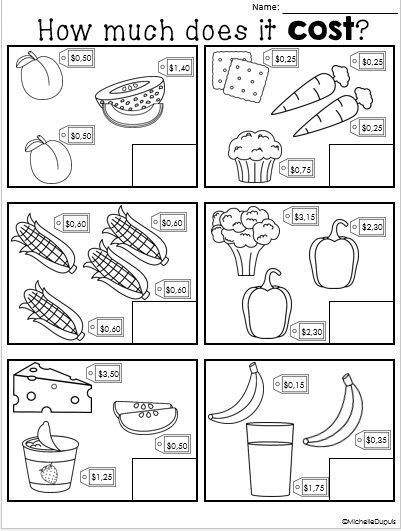 S. use high fructose corn syrup, glucose syrup solids or just plain sugar as the base for the carbohydrate,” Huggable CEO Madhu Punjabi said. “It’s no mystery, then, why there’s a childhood obesity and diabetes epidemic right now in the U.S.”
S. use high fructose corn syrup, glucose syrup solids or just plain sugar as the base for the carbohydrate,” Huggable CEO Madhu Punjabi said. “It’s no mystery, then, why there’s a childhood obesity and diabetes epidemic right now in the U.S.”
The main carbohydrate in breast milk is lactose. Punjabi added that a high quality formula would ideally try to mimic breast milk as close as possible.
“High-quality formulas should be based on organic cow’s milk or organic goat’s milk, because, like breast milk, these have lactose as their carbohydrate base, instead of sugars,” she said.
Huggable and similar infant formulas also contain probiotics, which experts at the Cleveland Clinic say can reduce the amount of infection- and inflammation-causing bacteria in your baby’s gut.
The Huggable website notes that with “nearly 1 in 5 children in the U.S. having obesity, it’s never been more important to carefully read the ingredients list of the formula you choose for your little one to make sure it doesn’t contain added sugar. ”
”
But while weighing the costs and health benefits of different baby formulas, some may consider not going down the formula route at all to nourish their children. Many nursing mothers, of course, subscribe to the idea that “breast is best.” Organizations like the American Academy of Pediatrics and the World Health Organization recommend exclusively breastfeeding for the first six months of a child’s life. It’s often touted as a money-saving options, because the milk is free. But breastfeeding is not without costs of its own.
The Costs of Breastfeeding vs. FormulaFor various reasons, some women may not be able to breastfeed their children. And those who can may need help, which can cost money. For instance, you may need a lactation consultant. A home visit from this expert lasting about two hours can cost several hundred dollars. A single office visit can also climb to $350. It’s a good idea to check with your insurance, as some or all of this cost may be covered.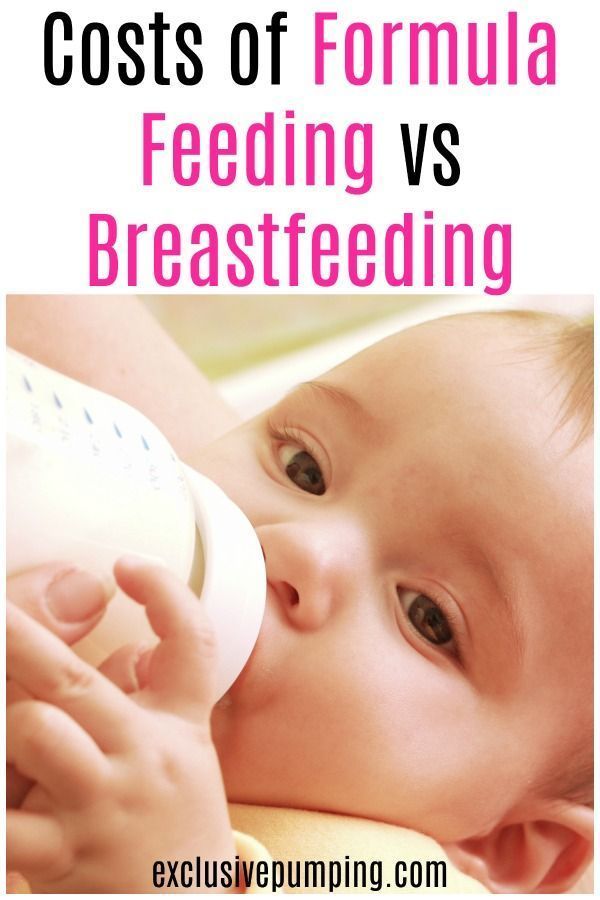
You may also need the following, though these products are not always necessary:
- Nursing bra: Starting at about $12
- Hand pumps: $5 to $35
- Nursing shirt: Starting at about $10
- Double electric pump: $120 to $350
- Nursing dress: Starting at about $20
- Nursing pillow: $10 to $50
In addition, this doesn’t factor in the cost of a breastfeeding mother’s time. This includes economic loss that breastfeeding may take depending on your profession. If you earn sales commissions, for instance, the time you spend in the lactation room may diminish the amount of time you’re able to spend closing deals.
So from an economic standpoint, which is best for you – breastfeeding or formula?
Remember, you can expect to pay $10,000 for higher-end baby formula in a year. The cost of breastfeeding is a lot harder to measure, however, because many of the costs are optional. And whether you require them depends on your individual situation.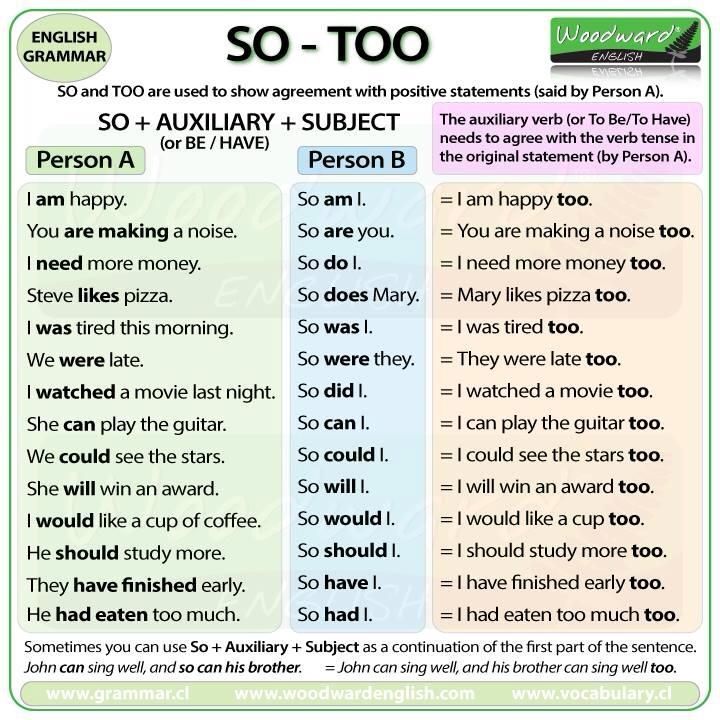
But let’s say you have two at-home lactation consultations in a year, totaling $600. If you purchase all the products listed above without replacing them, you’re looking at a breastfeeding cost of $847 (we selected the most expensive choice for the products for which we reported price ranges).
Without taking into consideration the cost of a breastfeeding mother’s time, this estimation shows breastfeeding is about 30% the cost of formula. Ultimately, the decision is yours based on time, physical ability, health considerations, personal preferences and money.
How to Save on Baby FormulaBecause some mothers may find breastfeeding difficult, time consuming or even impossible, they want to make sure they are making the right choice when it comes to formula. They also want to be mindful of their wallet when deciding on their brand of choice. But if you use baby formula, there are plenty of ways to slash the price tag. After all, the cost of raising a child is high enough.
“Always buy in bulk, and make sure you have a list when you walk into the grocery store,” said Neale Godfrey, a financial literacy expert.
She added that this list should prioritize the items you need for your baby. For instance, organic products that you need would go at the top. Lists are useful to have when you’re browsing the aisles, but they can be especially handy while you’re shopping online. That way, you make sure you’re getting all that you need and watching your budget.
Here are some additional tips to reduce the price of baby formula.
Comparison shop online: E-commerce websites don’t have the same overhead as physical stores, so they can often reduce the price of your favorite baby formula – especially when you buy in large quantities.
Buy in bulk: These days, you can find several stores and websites that offer discounts when you buy baby formula in bulk. While there, you can also cut down on other products you need for your baby.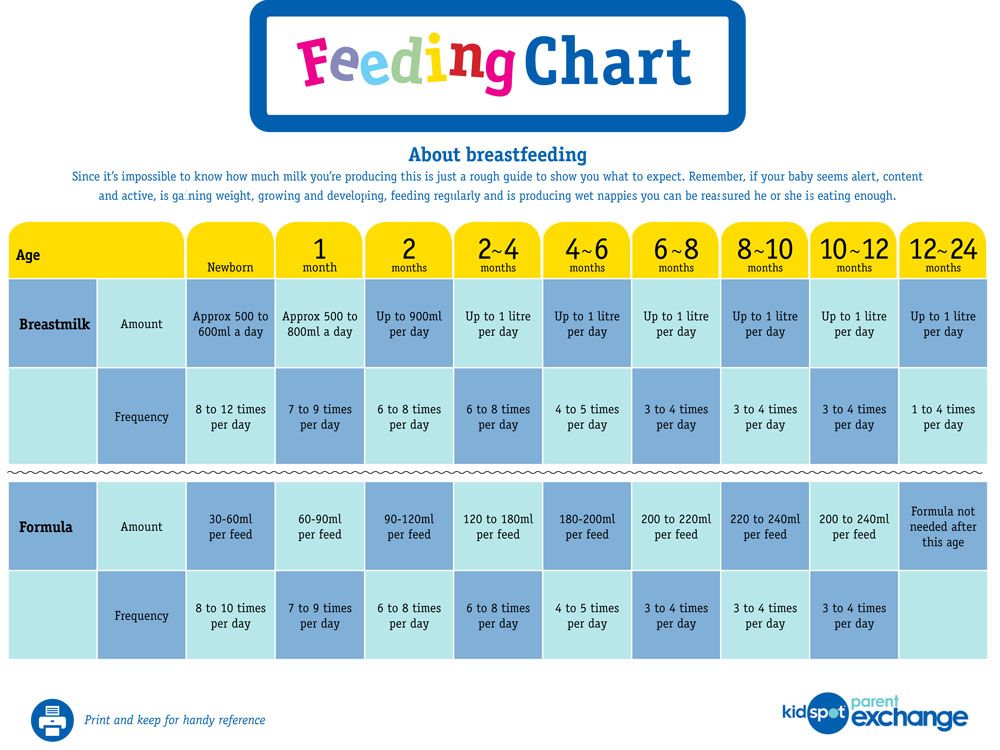
Use coupons: While you can still clip paper coupons from the Sunday paper, the internet is loaded with websites dedicated to coupons. You can also download apps onto your phone that can find baby formula coupons for you.
Ask your doctor for free samples: Major brands often provide doctors with free batches of their products, so ask if your doctor has some on hand.
Sign up for mailing lists: If you visit your favorite infant formula brand’s website, you can likely sign up for a mailing list. Companies often send welcome packages with free samples. And you can get coupons and other discounts sent to you periodically.
Use powdered formula: Across brands, powdered infant formula tends to be cheaper than liquid forms.
Check with your insurance provider: If your baby needs a specific kind of formula, your insurance provider may cover it. Depending on which type of insurance you have, you can open a health savings account (HSA). These help you invest for your baby’s medical expenses while enjoying unique tax breaks.
These help you invest for your baby’s medical expenses while enjoying unique tax breaks.
Earn rewards: If you’re using your credit card to purchase baby formula, you can earn some money while doing it. Shop around for the best cash-back credit cards. Some of the best checking accounts around offer this perk as well. Even 1.5% cash-back on purchases can put some significant money back in your pocket over time.
Look into WIC: Depending on your circumstances, you may qualify for government assistance. Women, Infants and Children (WIC) provides federal grants to states. Their services help low-income women who are pregnant, breast-feeding or using formula access food and healthcare.
The TakeawayFeeding your baby can be costly, whether breastfeeding or providing formula. Baby formula costs can rise especially high, but there are plenty of ways you can save. Try buying in bulk, surfing the web for deals and asking your doctor for free samples. Cost shouldn’t be the only factor that determines the type of baby formula you use. The formula you select can affect the health of your child. It’s important to pay close attention to the ingredients in that formula to capture a true picture of the cost and benefit of the food you provide for your child. It’s a good idea to discuss your decision with your child’s pediatrician.
Cost shouldn’t be the only factor that determines the type of baby formula you use. The formula you select can affect the health of your child. It’s important to pay close attention to the ingredients in that formula to capture a true picture of the cost and benefit of the food you provide for your child. It’s a good idea to discuss your decision with your child’s pediatrician.
- If you just had a baby, you may be concerned about what the costs of college may be when your little one is ready to leave the nest. But you can start preparing now by opening a 529 college savings plan. These help you invest in your child’s future college expenses while you enjoy some tax breaks. Each state sponsors at least one, and most require no minimum contribution. We also published a report on all you need to know about college savings plans.
- The average cost of raising a child through age 17 is close to a quarter of a million dollars a year, according to a recent report by the U.
 S. Department of Agriculture. But there are plenty of ways to save and invest in your child’s future, including getting professional help.
S. Department of Agriculture. But there are plenty of ways to save and invest in your child’s future, including getting professional help. Finding a qualified financial advisor doesn’t have to be hard. SmartAsset’s free tool matches you with up to three financial advisors who serve your area, and you can interview your advisor matches at no cost to decide which one is right for you. If you’re ready to find an advisor who can help you achieve your financial goals, get started now.
Photo credit: ©iStock.com/Laikwunfai, ©iStock.com/jubaphoto, ©iStock.com/pinstock
Disclosure: SmartAsset prepared this post in partnership with Huggable.
Javier Simon, CEPF® Javier Simon is a banking, investing and retirement expert for SmartAsset. The personal finance writer's work has been featured in Investopedia, PLANADVISER and iGrad. Javier is a member of the Society for Advancing Business Editing and Writing. He has a degree in journalism from SUNY Plattsburgh.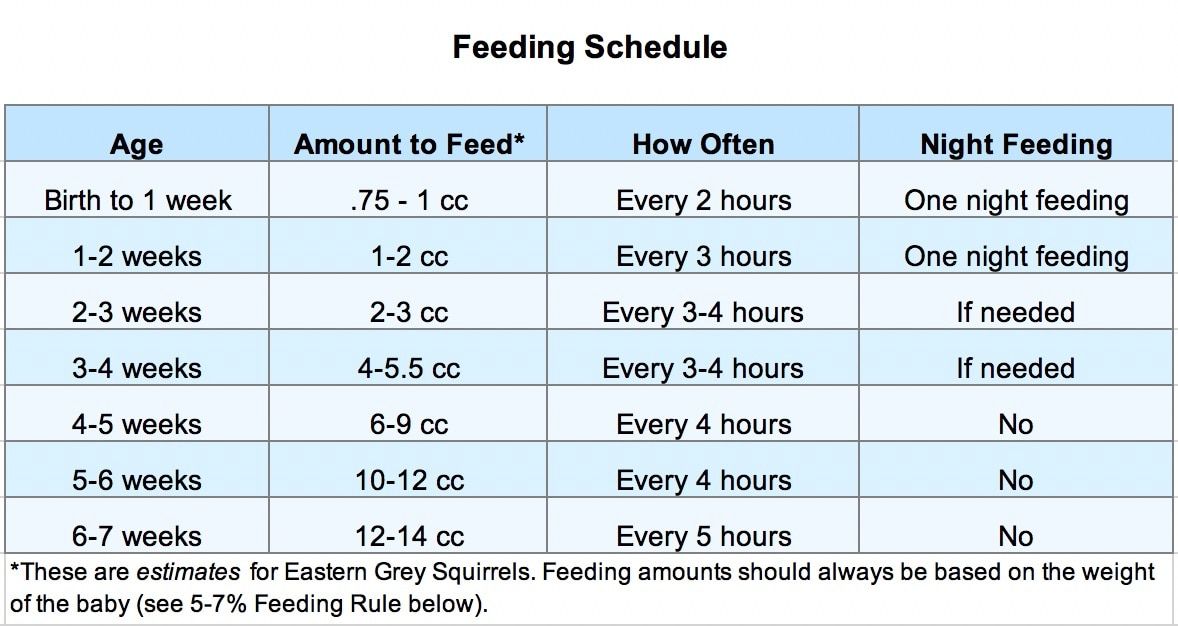 Javier is passionate about helping others beyond their personal finances. He has volunteered and raised funds for charities including Fight Cancer Together, Children's Miracle Network Hospitals and the National Center for Missing and Exploited Children.
Javier is passionate about helping others beyond their personal finances. He has volunteered and raised funds for charities including Fight Cancer Together, Children's Miracle Network Hospitals and the National Center for Missing and Exploited Children.
How much does breastfeeding cost - from the personal experience of a breastfeeding mother
Before having a baby, I thought that breastfeeding is free, because it is a natural process. But everything turned out to be wrong.
Anna Kondrashova
Breastfed for 1 year
Author profile
During the year of breastfeeding, I spent money on accessories, clothes, underwear and medications for nursing, and saved only on specialists.
There is no universal instruction on what to buy in this question. I hope my experience will help not to overpay where possible. nine0003
Attention!
This article is the author's personal experience. There will be no recommendations and advice on how to properly attach the baby to the breast, and there will be no thoughts about what is better - artificial feeding or breastfeeding. If you managed not to spend anything at all on feeding or, on the contrary, overpay several times more, share your experience in the comments.
If you managed not to spend anything at all on feeding or, on the contrary, overpay several times more, share your experience in the comments.
How I prepared to breastfeed
Two years ago I had my first child and I was going to breastfeed him. I watched videos about lactation on the Internet in advance and read a book by Irina Ryukhova, a lactation consultant with international certification - "How to give a baby health." In theory, everything was simple. nine0003
But my friends with children were divided into two camps. For some, feeding improved on its own, and no third-party accessories were needed. Others lost their milk a week after giving birth, and the purchased things for nursing went to Avito for next to nothing.
/baby-cost/
How much does a baby cost in the first year
As a result, I only bought a couple of blouses for nursing in advance: if lactation does not improve, things can still be worn. I also had a pillow for pregnant and nursing.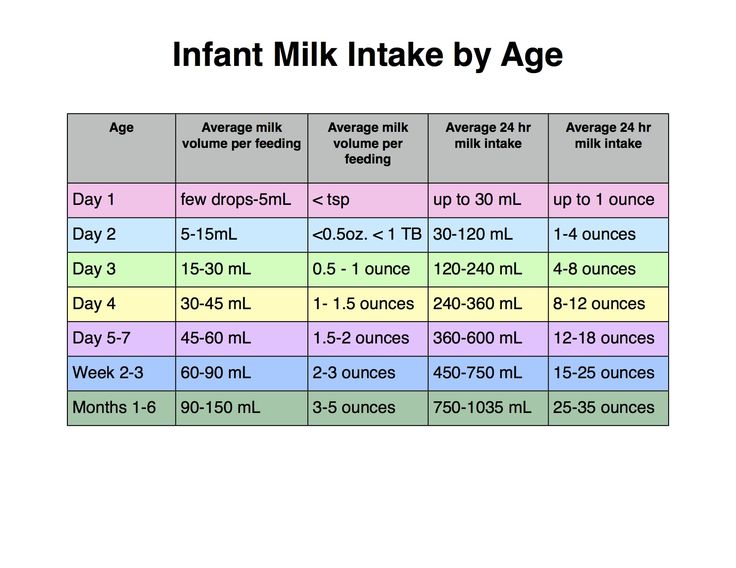 As for the rest, I decided: if I need it, I’ll buy it, we don’t live with a shortage. nine0003
As for the rest, I decided: if I need it, I’ll buy it, we don’t live with a shortage. nine0003
What accessories did I buy
It seems that stores for pregnant women and new mothers offer such a choice for a reason: if they offer, then they buy, and if they buy, then they really need it. But this doesn't always happen. Here is what is usually advised to buy for those who are going to breastfeed.
Maternity and nursing pillow - soft 2m roll. Her friends said that it is convenient to sleep with her when she has a big belly, and after giving birth, she can be bent and placed under the baby if you feed while sitting. There are also pillows only for feeding - in the form of a horseshoe. nine0003
/baby-cost-calc/
Calculator: how much you will spend per child in the first year
Prices for new ones start at 500 R and depend on the brand, design and additional bells and whistles - a removable cover or ties. Pillows with natural down, feathers and bamboo fiber are more expensive than those with synthetic filling.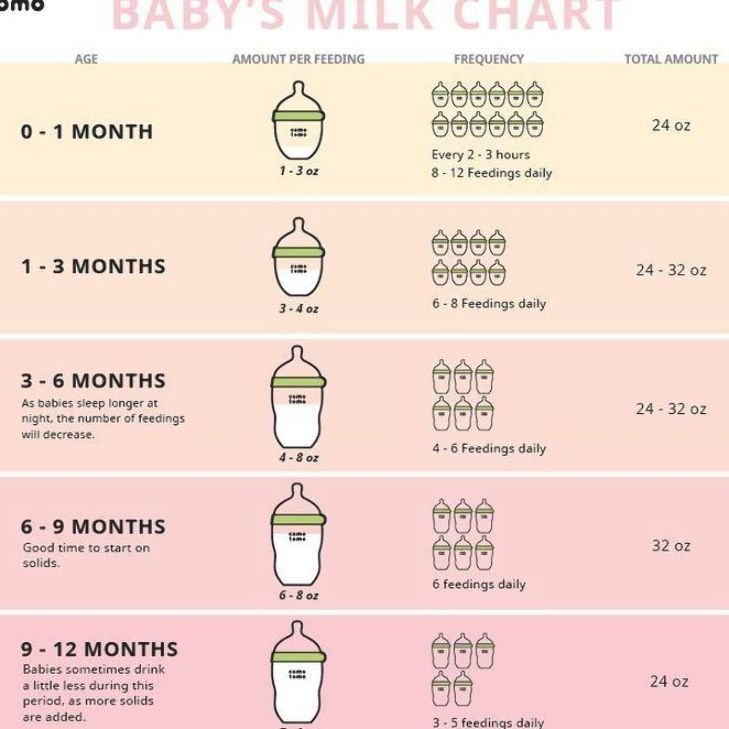
I bought a new pillow for 1990 R. But it took up a lot of space in the bed, and it turned out to be hot to sleep with it. When the child was born, I fed him only lying down, and the pillow was not useful. If you decide to save money, you can look at Avito: they are sold there from 200 R.
My pillow had synthetic holofiber and ribbons to tie around my stomach.I also bought a breast pump: I need it to pump. For example, when a mother has an excess of milk, and the child is sleeping, or when you need to leave and leave food for him.
There are manual and electronic breast pumps. Manual ones are cheaper - within 250 R, but they pump the breast longer, and because you have to press the handle or pump, your hand gets tired. Electronic breast pumps are many times more expensive, but they work quickly and at the touch of a button. nine0003
I did not buy a breast pump in advance: I hoped that the hospital would explain how to pump with your hands, but they only showed me how to put the baby to the breast. And when the milk came, I didn't know where to put it, because the baby was sleeping. At the maternity hospital, I was given an electronic breast pump, and after being discharged, I ran to the nearest Detsky Mir.
And when the milk came, I didn't know where to put it, because the baby was sleeping. At the maternity hospital, I was given an electronic breast pump, and after being discharged, I ran to the nearest Detsky Mir.
We know ways not to overpay for anything at all
Subscribe and we will share them with you
Two years later, I gave birth to my second child and I needed a new breast pump: the silicone parts of the old one turned yellow and I was afraid to use it. The same model of breast pump already cost 2279R. But there was still time before the birth, so I waited for the promotion at Ozone, accumulated bonuses there and paid for part of the purchase with them. Only 1126 rubles came out.
| So I saved on a breast pump | ||
To feed your baby with expressed milk, you need a bottle and a nipple. I had them complete with a breast pump, but my son did not like the shape of the nipple - he spat it out. I didn’t buy a new pacifier, my son got used to it later. nine0003
I didn’t buy a new pacifier, my son got used to it later. nine0003
I also needed a soft silicone spoon: plastic or metal can scratch the baby's palate. I bought a set of two silicone spoons for 349 R. But it turned out to be unprofitable: I used only one, on the Internet similar spoons are sold individually and cost 150 R. In addition, feeding with such a spoon turned out to be long and inconvenient. As a result, until the child learned to drink from a bottle, I poured milk into his mouth with a simple disposable syringe for 10 R.
A bottle with a nipple and a soft silicone spoonIn the first days, not all children take the breast correctly, and cracks appear on it. If silicone pads are used for feeding, old wounds will heal faster, and new ones will not appear.
In the pharmacy near the maternity hospital, only Avent brand pads were sold for 500 R. On the Internet, there were also within 300 R, but not such well-known brands. There was no time to look for an alternative - I had to buy expensive ones.
When there is a lot of milk, it can leak from the breast. In order not to wet the clothes, disposable liners are placed in the bra. A pack of 30 costs from 125 R. According to reviews, I chose inserts that cost 300 R per pack. Milk leaked for the first 4 months: at first I spent 4 inserts a day, then 2. In total, it took 12 packs - 3600 R.
What kind of nursing clothes and underwear did I buy? To feed a child on a walk or in a clinic, you do not need to undress - just open a special pocket, and no one will see anything.
Wearing an ordinary bra with underwire and push-up during lactation is uncomfortable: you can compress the breast and get inflammation. You need a special bra made of elastic fabric and a special cut. nine0003
In a maternity store, I bought a bra in advance for 800 R. But sleeping in this turned out to be uncomfortable - a cropped top is better for sleeping. In the nearest but expensive store, a set of two tops cost 2000 R.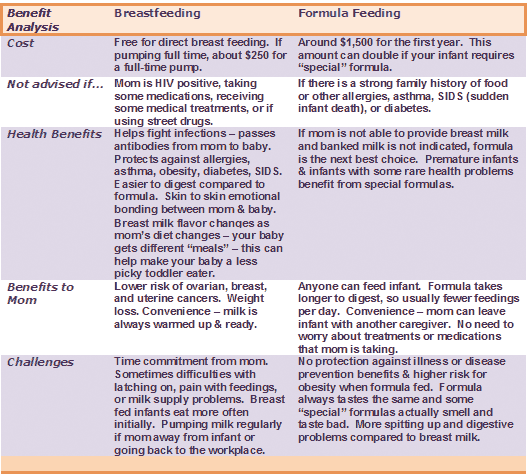 If I had waited for the sale, I would have spent 2.5 times less.
If I had waited for the sale, I would have spent 2.5 times less.
I bought a nightgown in a maternity store for 700 R. Before the birth of my second child, I ordered the same one for 471 R at Wildberry, waiting for a promotion.
I urgently bought another shift shirt after giving birth for 1600 R.
I bought two blouses for 700 R and 750 R. But they turned out to be useless: I wore ordinary clothes, and in crowded places I fed with expressed milk from a bottle. Nursing blouses from 130 R are sold on Avito Nursing bra It is convenient to breastfeed in such a shirtWhat drugs did I take
Two remedies were prescribed for wounds on my chest: a healing ointment and a moisturizer with lanolin. The ointment cost an average of 400 R per 30 grams, cream - from 400 R per 37 grams. During the feeding time, I spent one tube of cream and ointment each. nine0003
To support my body, I took a multivitamin complex for nursing mothers and a calcium preparation. A package of vitamins from 100 capsules cost 1700 R, from 30 capsules - 600 R. In a year it took 3 large packages and 2 small ones - 6300 R. Calcium I drank 6 packages of 700 R.
In a year it took 3 large packages and 2 small ones - 6300 R. Calcium I drank 6 packages of 700 R.
How much does it cost to turn to professionals for help? Ryukhova's book "How to give a baby health" contained instructions on how to do it correctly, but it seemed to me long and tricky. nine0003
It turned out that there are lactation consultants: they help solve problems with lactation. These are not always professional doctors - any woman who has nursed at least one child can be trained, pass an exam and receive a certificate. It will give the right to advise mothers on lactation issues. Usually consultants look for clients in social networks and among acquaintances.
5000 R
average cost of consulting a breastfeeding specialist at home
If you need not just a consultant, but a doctor, you can call a team from a paid medical center. In one of these centers, I was offered diagnostics, ultrasound, laser therapy, and breast pumping at home for 10,000 R. Another 2000 R would have to be paid for leaving at night.
Another 2000 R would have to be paid for leaving at night.
But I found free articles and training videos on the Internet. They are posted by experienced mothers or novice consultants. There was enough information to arrange feeding herself. And with a strong stagnation of milk, I called an ambulance, and they helped me: they brought down the temperature and taught self-massage of the chest. nine0003
I counted how much breastfeeding "ate" in a year and what expenses turned out to be useless.
How much I spent
| What I bought | Price | Useful |
|---|---|---|
| Nursing vitamins | 6300 R | 👍 |
| Calcium preparation | 4200 R | 👍 |
| Bra pads | 3600 P | 👍 |
| Nightgowns | 2300 R | 👍 |
| Breast pump with bottle and teat | 2099 P | 👍 |
| Sleep Crop Tops | 2000 R | 👍 |
| Nursing pillow | 1990 R | 👎 |
| 2 nursing blouses | 1450 R | 👎 |
| Nursing bra | nine0059 800 Р👍 | |
| Silicone pads | 500 R | 👍 |
| Silicone spoons | 349 Р | 👎 |
| Healing ointment | 400 R | 👍 |
| Moisturizer | 400 R | 👍 |
| Disposable syringe | 10 P | 👍 |
| Breastfeeding articles and videos | 0 R | 👍 |
| Total | ||
| Overpaid | 3789 P |
Pillow for the nursing
Price
1990 R
Cits
👎
Molocouss with a bottle and niply
2099 R
Certained
. 0002 #
0002 #
Silicone spoons
Price
349 R
Certainly
👎
A one -time syringe
Price
,0005,0002500 R
Useful
👍
Disposable bra pads
Price
3600 R
03
♥
2 Blues for the nursing
Price
1450 R
Certainly
👎
Bracks
800 R
9025 sleep
Price
2000 R
Useful
👍
Nightgowns for nursing
Price 900 3 9000 20002 was useful for
#
Healing ointment from cracks
Price
400 R
Certainly
♥
Moisturizer for Breast
9000 @ Vitamins for nursing
Price
6300 R
Useful
👍
Calcium preparation
Price 900 2 30478
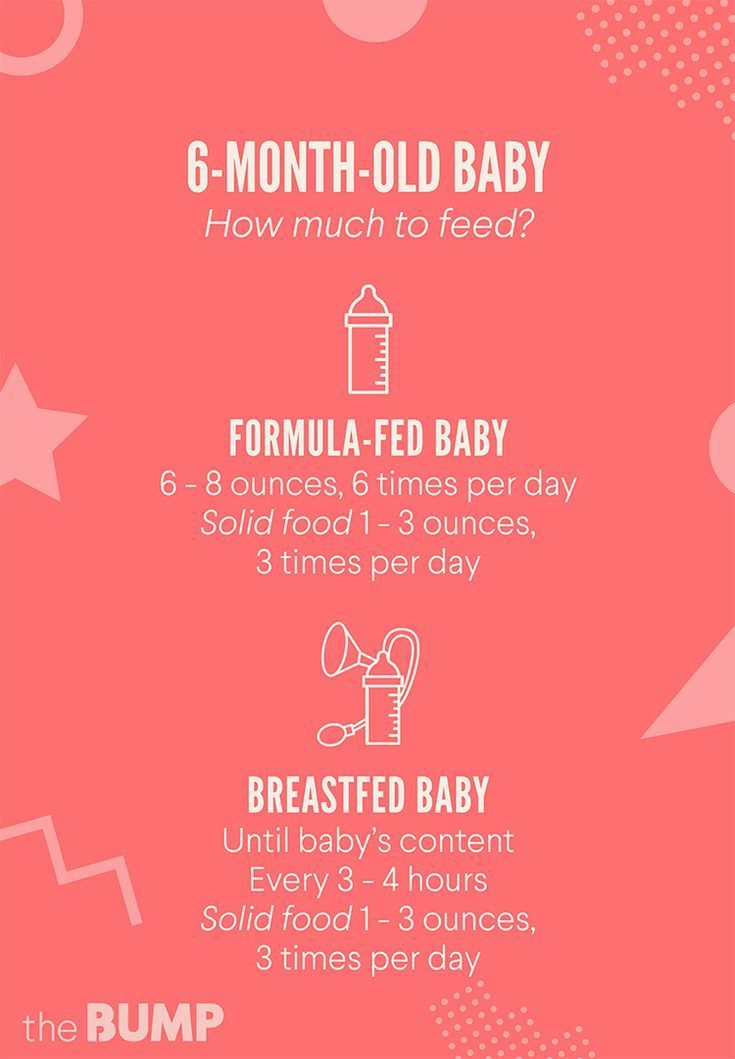
feeding rules, types of formulas, tips for breastfeeding mothers
If breastfeeding is not possible, do not be upset: modern technologies make it possible to achieve maximum compliance of artificial feeding with all healthy nutrition standards. We talk about the basic rules of artificial feeding and common mistakes.
Website editor
Tags:
Health
weight loss
Children
Nutrition
VOICE recommends
The health of a newborn is directly dependent on his nutrition.
⚡️⚡️⚡️ TO STAY CONNECTED NO matter what, LOOK FOR US IN Yandex.Zen, VK, Telegram, Odnoklassniki.
If you can breastfeed, great, it's the best food for your baby. But if for some reason natural feeding is not possible, this is not a reason to panic: there are now many healthy mixtures that can replace mother's milk. Study our rules for artificial feeding, and everything will work out! nine0003
When to switch to artificial feeding
- Inability to breastfeed for medical reasons. With some diseases, as well as when taking a number of medications, breastfeeding is prohibited, since milk can be dangerous for the baby due to the content of toxic substances. Sometimes the reason to stop breastfeeding may be the child's disease (for example, cleft lip or severe malformations).
- Cessation of lactation. If there is not enough milk or it has disappeared completely, there is nothing to do, you need to supplement the baby with mixtures.
 As a rule, mixed and artificial feeding solve the problem. nine0478
As a rule, mixed and artificial feeding solve the problem. nine0478 - Impossibility of regular feeding. For example, you can go to work or end up in a hospital, and this is not a reason to starve a child, but a reason to switch to mixed or artificial feeding: the rules for feeding and portion sizes change somewhat.
- Inadequate nutritious milk from the mother. Sometimes the problem is solved by changing your diet, but if the milk remains watery and the baby is screaming with hunger, then it's time to supplement him with mixtures, and later switch to them completely. nine0478
- The wish of the mother of the child. No matter how pediatricians talk about the benefits of breastfeeding, sometimes women who have every opportunity to breastfeed still prefer to give their baby a bottle. Well, that's your right. Just learn first the rules of artificial feeding of infants!
Rules for artificial feeding of a child
1.
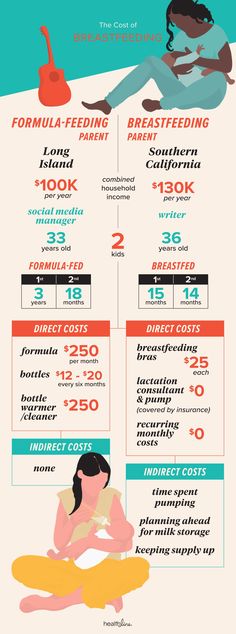 How to choose a formula?
How to choose a formula? It is best to consult a pediatrician, but in principle, if the baby is not lactose intolerant, any mixture approved by the Union of Pediatricians of Russia will do. It is great if the mixture contains Omega 3 and Omega 6 fatty acids, they contribute to the harmonious development of the nervous system. nine0003
For example, Nutricia's "Malyutka" formula meets all the standards and rules of artificial feeding, is produced according to European technologies with the strictest quality control and is recommended as an alternative to breast milk, even for newborns. Nutricia regularly evaluates the quality and demand for its products among consumers and doctors, analyzing the results of independent surveys of pediatricians and mothers with children up to 24 months of age.Iodine, selenium, zinc, iron with enough vitamin C (for better absorption), choline, taurine, L-carnitine are modern ingredients, the amount of which is specially selected in formulas to meet the needs of children.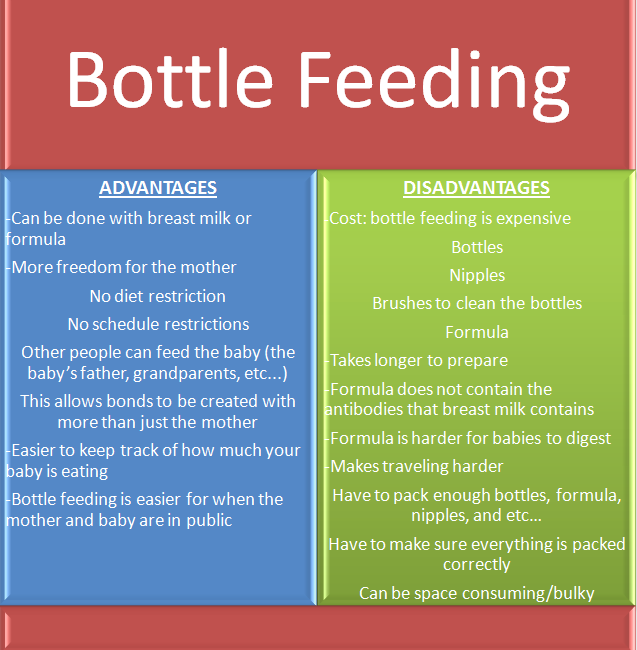 The quality is monitored by the Dutch research center Numico, the milk base for formulas is made in the most environmentally friendly country - Ireland, and production is open in Russia, at a plant in Istra, which received the international ISO 22000 certificate - maximum food safety control who in. nine0003
The quality is monitored by the Dutch research center Numico, the milk base for formulas is made in the most environmentally friendly country - Ireland, and production is open in Russia, at a plant in Istra, which received the international ISO 22000 certificate - maximum food safety control who in. nine0003
Bibikol New Zealand brand mix is made on the basis of wholesome goat milk. The range of the brand includes mixtures for the smallest and older children, and the quality of the products is confirmed by Russian pediatricians. As a rule, formula feeding does not cause serious side effects even during the adaptation period.
The Dutch brand Kabrita also makes milk formulas based on goat's milk, which is easier to digest than traditional cow's milk. The brand's products contain vitamins, microelements and other functional ingredients necessary for the development of the child. nine0003
The mixes of another Dutch brand, Friso, are considered among the best due to their high quality.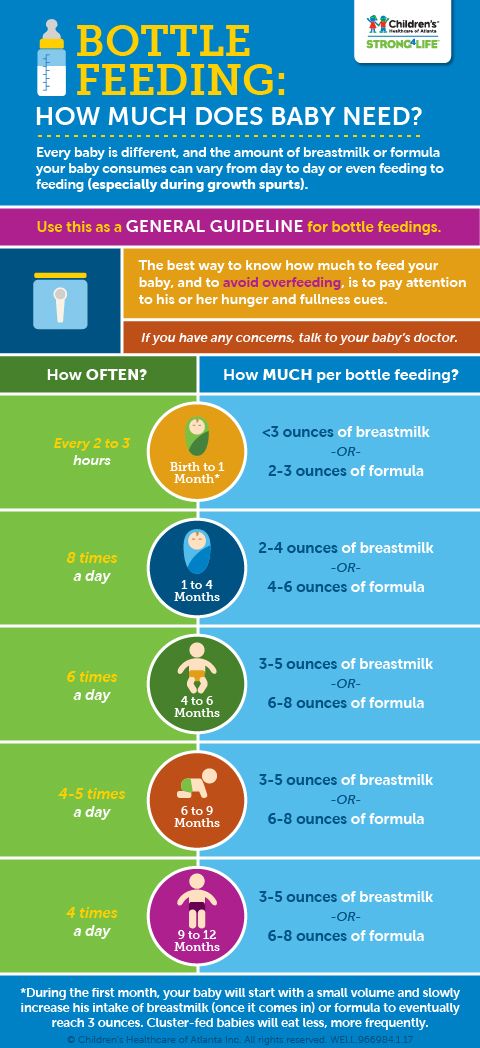 The brand offers mixtures for both newborns and older children. Subject to the rules for artificial feeding, this is an excellent choice for babies of different ages.
The brand offers mixtures for both newborns and older children. Subject to the rules for artificial feeding, this is an excellent choice for babies of different ages.
2. How do I know if formula is right for my baby?
If possible, the transition to artificial feeding should be done according to the rules, gradually replacing breast milk with formula. Pediatricians believe that adaptation to a new diet in babies under the age of one year takes from 3 to 7 days. During this period, stool changes, gas formation are possible, and this should not be frightened. As a rule, after a week, the baby stops worrying about the tummy and gets used to the new mixture. If this does not happen, it is worth choosing another food for him. For example, instead of the usual milk mixture, offer a fermented milk analogue. Major brands, like Nutricia's Malyutka, always have both options in their product line. nine0003
Formula milk can be used from birth
To improve digestion, a pediatrician can recommend fermented milk formula for formula feeding
3.
 How to choose a feeding bottle?
How to choose a feeding bottle? Feeding bottles are available in plastic and glass, and each has its own advantages, there are no strict rules for artificial feeding in this regard. Plastic ones are safer because they don't break. They are lighter, so it is convenient to take them with you for a walk. Glass is good because it can be sterilized many times, while plastic can deteriorate. Which bottle to choose for a newborn depends on the age of the baby. For the smallest, glassware is better, since sterility is in the first place. For older babies outside the home, it is better to use plastic bottles, but for home feeding, still leave glass bottles. nine0003
4. How to properly store baby food?
Prolonged exposure to non-standard temperatures, both low and high, can change the organoleptic properties of the product, affect its solubility, and cause swelling of the foil bag or the protective membrane of the can. In case of repeated heating and cooling of the mixture, especially in winter, further use of the product may cause a painful reaction in the child. Therefore, it is very important to observe temperature control from 0ºС to +25ºС. Formula feeding regulations do not recommend storing product near heat sources such as stoves, electric kitchen appliances, radiators, or on windowsills. nine0003
In case of repeated heating and cooling of the mixture, especially in winter, further use of the product may cause a painful reaction in the child. Therefore, it is very important to observe temperature control from 0ºС to +25ºС. Formula feeding regulations do not recommend storing product near heat sources such as stoves, electric kitchen appliances, radiators, or on windowsills. nine0003
5. How long can I keep formula formula?
Less than an hour. If the baby has not finished eating, and you intend to finish feeding him in 15-20 minutes, you can not prepare a new mixture. But if the baby has eaten enough, and the feeding regimen for artificial feeding provides for the next feeding only after 2.5 - 4 hours, then the leftovers should be poured out, and a new portion should be prepared for the next time.
6. Does my child need probiotic formula? nine0119
GOS/FOS prebiotics are natural dietary fibers similar in composition to breast milk prebiotics, they are added as high-quality mixtures to improve digestion.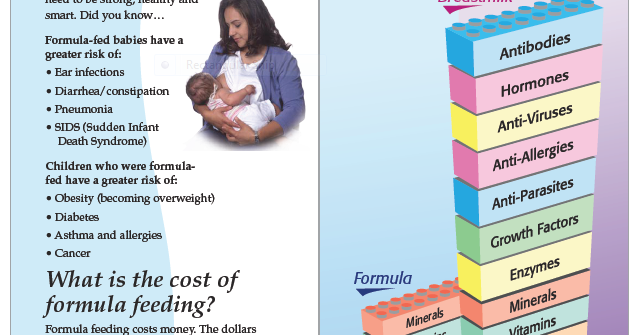 The child quickly and painlessly gets used to such a mixture, absorbs it well and encounters stool disorders less often. Rules for artificial feeding of newborns and older children recommend giving preference to such mixtures, although this is not a strict requirement.
The child quickly and painlessly gets used to such a mixture, absorbs it well and encounters stool disorders less often. Rules for artificial feeding of newborns and older children recommend giving preference to such mixtures, although this is not a strict requirement.
7. How do you know if your baby is eating enough? nine0119
You can use the Shkarin formula: The volume of the mixture per day = 800 ml + 50 x (M-2), where M is the number of months of the child's life. But this method is only suitable for babies older than 2 months. For newborns, everything is very individual, since babies are born with different weights and heights, so if you are afraid that the baby is malnourished or overeating, consult a doctor before feeding the baby formula again.
8. Should I change my formula?
If there is no reason to doubt the quality of the mixture and its tolerance by the baby, you should not change the child's usual diet just because the new mixture seems more useful, modern, etc.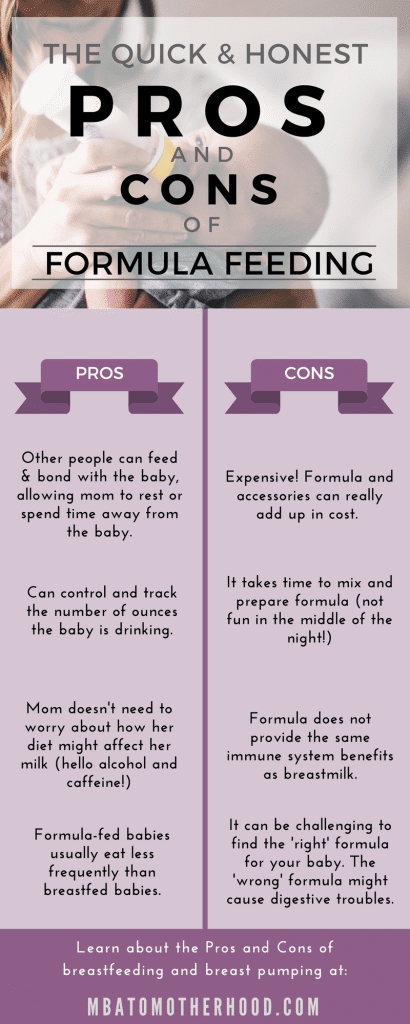 to you. Replacing the mixture can be a real stress for the child's body. And there is no guarantee that a new diet will not cause any signs of intolerance. Replacing the mixture is justified when passing the next age limit, and even in this case, the rules for artificial feeding recommend remaining faithful to one manufacturer. nine0003
to you. Replacing the mixture can be a real stress for the child's body. And there is no guarantee that a new diet will not cause any signs of intolerance. Replacing the mixture is justified when passing the next age limit, and even in this case, the rules for artificial feeding recommend remaining faithful to one manufacturer. nine0003
9. What is the correct way to mix?
According to the rules of artificial feeding, most mixtures are prepared as follows: boiled water is cooled to a temperature of 50-60 ° C (a higher temperature cannot be used, live bifidobacteria die and some vitamins are destroyed). Pour it into a bottle, add the exact amount of the dry mixture there. Close the bottle, mix the mixture thoroughly, shaking the contents of the bottle. Look at the light so that there are no lumps, the milk should turn out homogeneous. To check the temperature of the food - put a few drops on your wrist or elbow crease (the most sensitive place). The mixture should be slightly warmer than body temperature—i.e. practically not felt. nine0003
The mixture should be slightly warmer than body temperature—i.e. practically not felt. nine0003
10. Technique and rules of artificial feeding
How to formula feed correctly? In order to make it comfortable not only for the baby, who should be in a semi-vertical position, but also for the mother during feeding, you can use additional pillows by placing them under the back. The position of the mother's legs can be different: you can put your foot on the foot, you can put a low bench under your feet, you can feed the baby in the prone position, while gently holding the baby. To reduce air swallowing, tilt the bottle so that the milk fills the nipple and the air rises to the bottom of the bottle. Hold your baby upright for a few minutes after feeding to reduce the chance of spitting up. nine0003
Mistakes with artificial feeding
- Blaming yourself for the fact that the child is an "artificial" one.
 Yes, mother's milk is considered the best food for babies, but if for some reason you cannot provide a child with them, this is not a reason to declare yourself a bad mother. Numerous children were bottle fed and did not experience any fatal consequences. Learn the rules of artificial feeding and follow them without blaming yourself needlessly.
Yes, mother's milk is considered the best food for babies, but if for some reason you cannot provide a child with them, this is not a reason to declare yourself a bad mother. Numerous children were bottle fed and did not experience any fatal consequences. Learn the rules of artificial feeding and follow them without blaming yourself needlessly. - Feed on demand. Artificial feeding rules suggest feeding by the hour, not on demand. The mixture is digested longer than mother's milk, so it is important to withstand breaks between feedings. nine0478
- Ignore the rules for the introduction of complementary foods when artificially fed. Do not introduce complementary foods earlier than at 6 months, and be sure to consult with your pediatrician beforehand.
- Forgetting to drink water. For high-quality assimilation of mixtures, water is necessary! Be sure to let the baby drink.
- Regular milk instead of formula. Neither cow's nor even wholesome goat's milk is suitable for children.







